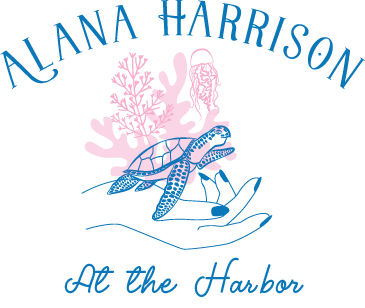
Highly migratory species (HMS) travel long distances and often cross domestic and international boundaries, species include tunas, sharks, swordfish, and billfish. NOAA Fisheries manages these pelagic species in the U.S. Atlantic Ocean, Gulf of Mexico, and Caribbean waters. Oceanic pelagic fish typically live in waters of the open ocean below the continental shelf, or the pelagic zone. The pelagic zone is the largest habitat on earth with a volume of 330 million cubic miles! With an area so large, you can imagine the difficulty in managing these highly migratory pelagic species.
HMS species are actually under international jurisdiction in addition to United States’ management. The International Commission for the Conservation of Atlantic Tunas (ICCAT) sets quotas for member countries on these species. The US then takes their chunk of quota and manages it through NOAA Fisheries with an Advisory Panel contributing knowledge and recommendations, it is not under the jurisdiction of a council.
These highly migratory species are targeted by U.S. commercial and recreational fishermen and by foreign fishing fleets. But because these pelagic species migrate long distances and live primarily in the open ocean, only a small fraction of the total harvest of these species is taken within U.S. waters. The United States is a global leader in fishery management, especially pelagic, and our regulations have been in place for decades but unfortunately foreign countries have not followed our lead.
To put “highly migratory” in perspective – 135 countries border the Atlantic Ocean therefore have access to these fish stocks just as our US fishermen. The tunas we catch off Hatteras Island migrated here by using the high-speed currents, they had been over-wintering in warmer waters off southern countries. Hatteras is a hotspot for HMS species because the convergence of the Labrador Current and Gulf Stream create fertile feeding grounds and pelagic fish chase bait. You can see in the map on the left, surface currents of the Atlantic Ocean. This is essentially the high-speed rail system for pelagic fish and they need it beacuse the Atlantic Ocean covers 41 million square acres!
